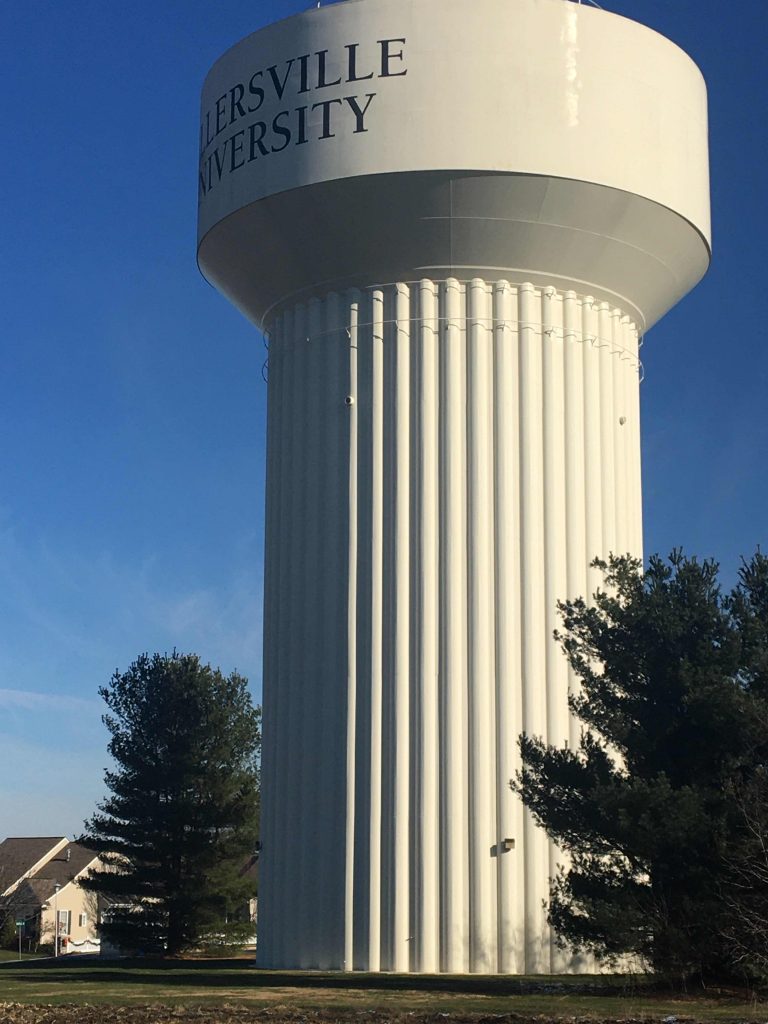by Josh Shisler
A Well Water Pump is a great way to make a sustainable water source. The water well pump works by using suction. The shallow well pump works by eliminating the air on the surface of the pump and using capillary action pulling the water out of the well. These water wells normally run to 25 ft and are extremely useful for sustainable water.

A more sophisticated course of action is to use is the deepwater well. well, it is built, then they install the pump. The size of the pump can vary depending on how much water is needed to be pumped up. the average water pump brings up 10 gallons of water a minute. When we use water air pressure forces the water into the pipes and it comes out of the faucet or showerhead.


The pump uses an electric motor to power the impeller. An impeller is a machine that moves water from the well-called drive water through a small narrow jet that increases the speed of the water through the plumbing. Water leaves the jet and starts to cause air pressure that brings more water up from the well. After that, the water then reaches the venturi tube where the water gains more pressure and the drive water is combined with the rest of the water in the pump and then shoots out of the venturi tube with high pressure. These pumps are set up 10 – 20 ft below the range of normal water wells getting deeper groundwater into the pipes we use every day. The access water is stored in a water tower like the one in the picture below. this stores the water so the pump does not have to be running a;; the time.

The main factor of this is also what water table you are on. The more water in the table the more water you can get out of it using the pump. The USGS keeps records of what the prospects are for water in the water table for the whole nation and there are even graphs and charts of Lancaster county’s water table on there. This helps you find the perfect spot to place the pumps in order to maximize the amount of water you have. Millersville uses a pump to gather water and pump it to the entire school. This kind of method is more cost-efficient and sustainable. You can also get a submersible pump that is made to last for 20 years without replacement.
These are not going to run continuously the water you get from the faucet or toilet is coming from the water storage like a water tower. That is where the water is brought after it has been pumped out of the ground. The pump will stop itself after it reaches 40 psi or above. This way it’s not on all the time gathering up all the water. Once the psi drops too below 20 psi it starts back up again. Using Residential water well pumps cut costs on water bills because you are paying less for a Water well over time than you are paying the water bill. it costs about 15 thousand dollars on Average according to the HomeGuide. you can buy the equipment online to start your pump or it is also available at hardware stores. this sustainable water source is how we can sustain the water supply.
History of Wells
An article on the website for a Tacoma drilling company Wells started 3000 years ago in Europe. things like step wells were made in places like India. in 1808 two Americans, the Ruffner brothers, which, according to the website, “makes wells more efficient”. next, in the 1820’s we started drilling deeper wells with auger boring machines. and recently in 1908, a cone roller drill was invented to help the drilling go faster.

Info Taken from Tacoma pump and drilling
Testing the Waters
You also should test the well water to make sure it is safe to drink and not filled with any toxins or such. According to the CDC, The water should be tested every spring and it is very easy to do. if any problems occur call the state immediately. this is what the CDC recommends. Things that you should Test for are things like :
- PH
- Sodium
- E. Coli
- Nitrates]
- Sulfate
- Dissolved solids
- Floride
- Coliform bacteria
- And many other things
Related News
In a story Called “Should the government regulate private drinking wells?” they talk about how within the state of Pennsylvania and Alaska there are no laws Regulating water wells or water well pumps. there are no regulations currently on water wells or water well pumps nor is it mandatory for the water to be tested. According to the article, A bad thing about not regulating the private water well pumps is that the construction of the wells is also not regulated so it can fill the water with pollutants and particles. some people are for regulation others are not.
another story that happened in 2016, where lead got into the Lancaster water system. this makes it better for water wells because they are not connected to the main system so it’s unlikely that lead is in the water. the water had 2 percent lead in it. people would not drink or even use the water at all. according to the article, 17 water systems were found to have high traces of lead in it 27 times from 2012 to 2015, and that’s a four-year gap. this makes the water well a little bit of a safer option.
Citations
- “2019 Well Drilling Costs: Average Water Well Installation Cost.” HomeGuide, 2019, https://homeguide.com/costs/well-drilling-cost.
- Klenck, Thomas. “How It Works: Water Well Pump.” Popular Mechanics, Popular Mechanics, 14 Nov. 2017, https://www.popularmechanics.com/home/how-to/a152/1275136/.
- Coulter, Brandi. “What Kind of Capacity and Flow Rate Should My Water Well Have.” Skillings & Sons, Inc. NH, New Hampshire, MA, Massachusetts, Skillings & Sons, Inc. NH, New Hampshire, MA, Massachusetts, 22 June 2016, https://www.skillingsandsons.com/blog/what-kind-of-capacity-and-flow-rate-should-my-water-well-have.
- Staff, LANCASTERONLINE |. “Should Government Regulate Private Drinking Wells? LNP/LancasterOnline Readers React [Comments].” LancasterOnline, 24 Sept. 2019, https://lancasteronline.com/news/local/should-government-regulate-private-drinking-wells-lnp-lancasteronline-readers-react/article_0fbe3aba-de32-11e9-bc97-6388b0a6c9dd.html.
- Duvernay, Adam. “17 Water Systems with Spiking Lead Call Pa. County Home.” USA Today, Gannett Satellite Information Network, 16 Mar. 2016, https://www.usatoday.com/story/news/nation/2016/03/16/lancaster-county-pa-lead-drinking-water/81576034/.
- “The Groundwater Foundation : Get Informed : The Basics : Well Water Testing.” Groundwater Foundation, https://www.groundwater.org/get-informed/basics/testing.html.
- Landis, Hanna, and Hanna Landis. “A Quick History of Water Wells.” Tacoma Pump & Drilling, 12 July 2019, https://tacomadrilling.com/quick-history-of-water-wells/.
- NGHTCRTL “happiness” Ninety9lives.com backround music in video 2 July 2019 https://www.ninety9lives.com/music/happiness/
